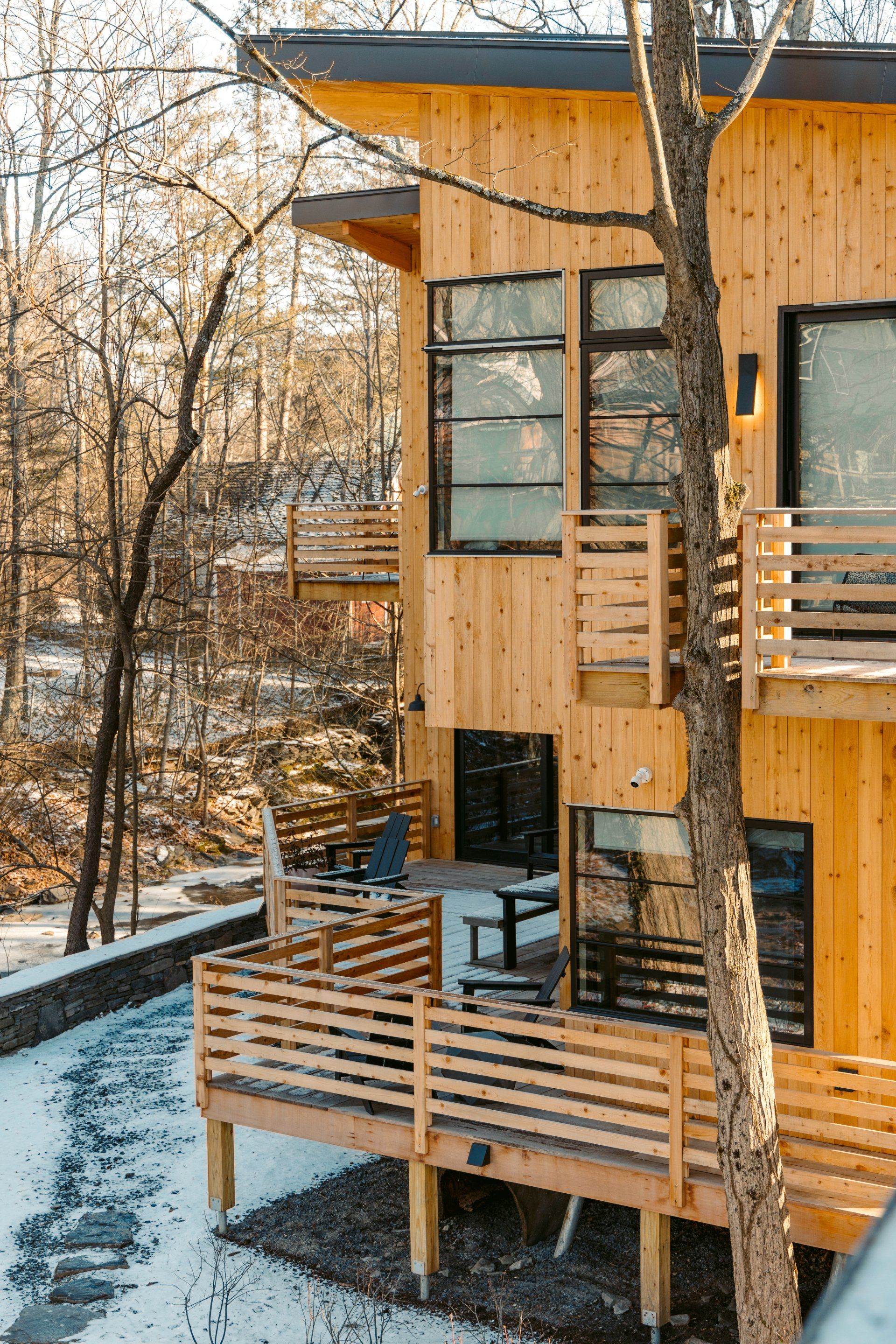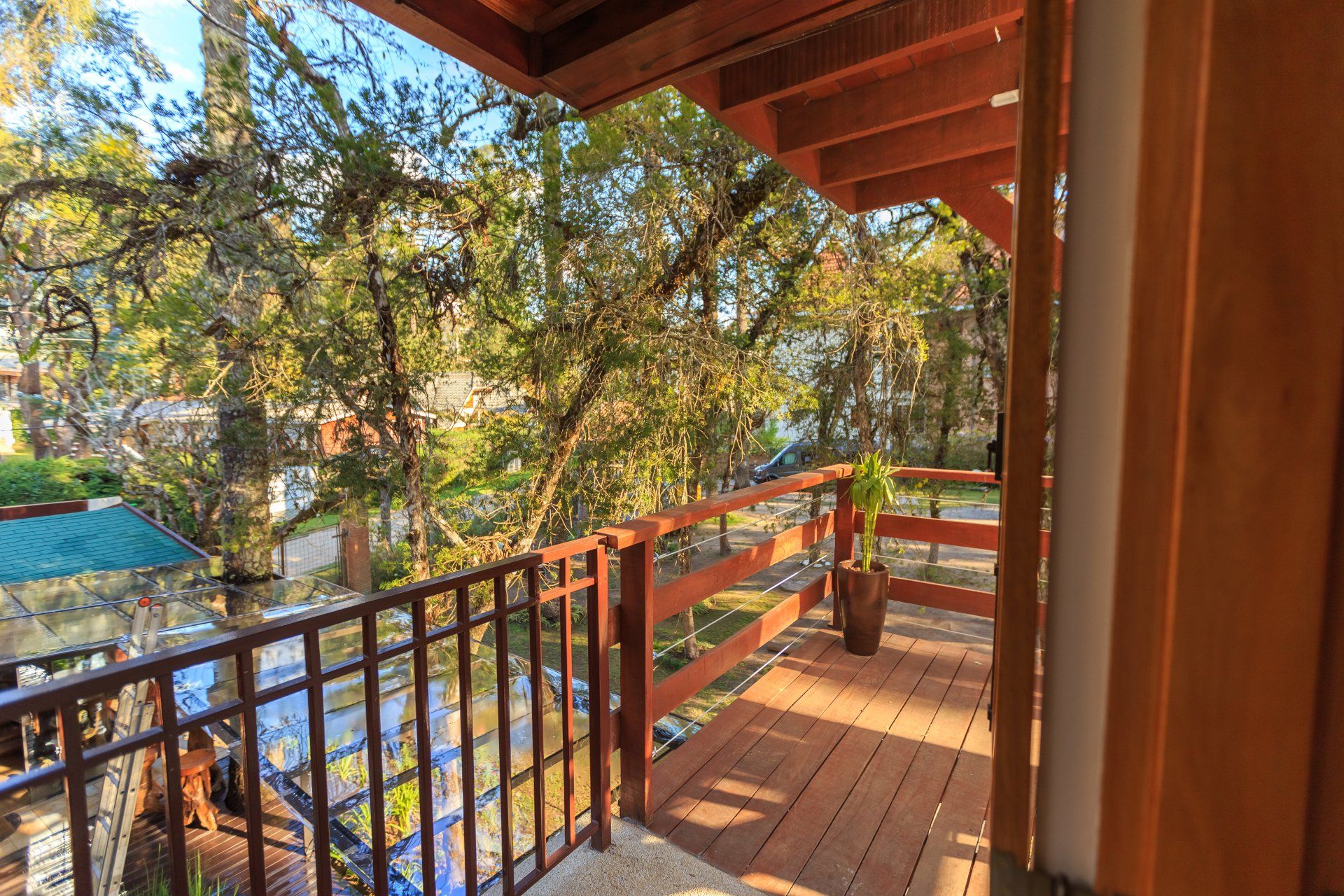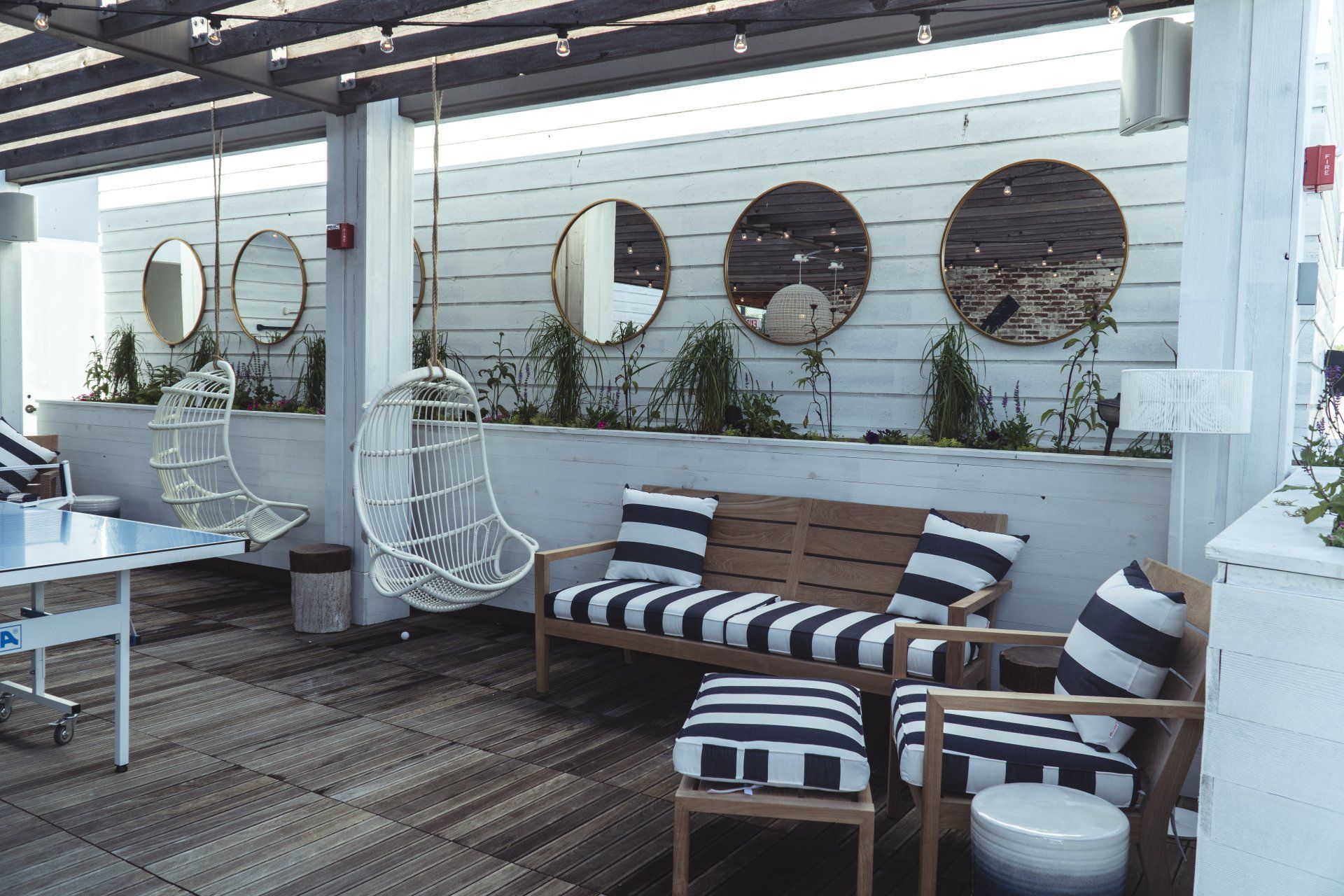Tips to Help Make Sure Cable Rail Wood Frames Last for a Long Time
Tips to Help Make Sure Cable Rail Wood Frames Last for a Long Time
Homeowners are looking to be able to devote more of their time to their outdoor spaces and are investing more money to make these spaces more comfortable. Based on the 2017 U.S. Houzz Landscape Trends Study, 51% of homeowners are spending more time outdoors after finishing landscaping projects. Additionally, over 27% of homeowners said that their outdoor area is considerably larger than the size of their homes.
The increasing demand for outdoor living spaces presents a possibility for deck builders. The homeowners who enjoy the outdoors will want plenty of space to sit, relax, and enjoy. But it is essential that they have the ability to enjoy the views. That means bigger decks and, in some cases, multi-level decks and the requirement for a railing system with unobstructed sightlines.
In the process of renovating or building decks, a lot of remodelers prefer to use cables for railing infill as opposed to traditional wood. The sleek stainless steel cables are strong, durable, and low-maintenance alternative to wood balusters or glass panels while also providing homeowners with the open views they're looking for.
Cable railings are particularly impressive when it is combined with wood frames. But, it's important to be cautious when building frames so that you can reduce the possibility of bowing and possibly failure as well as calls backs. There are three key things to consider when building wooden frames that are designed to support vertical cable rails to ensure that the railings are secure and last for years to come.
Make a solid frame. Frames made of wood must be able to support 200 to 300 lb of weight per horizontal cable. This, in the case of a typical installation, could be 2,000 to 3,000 tons of pressure. The load is usually not fully realized until the cables have been tightened and an unsuitable frame bows badly or, in certain instances, fail. To avoid this happening, it is recommended to start with a solid top rail that is at least 2x6 inches or 5/4x6 inches for woods like Ipe. To stop bowing or lifting top rails, they must be securely attached to the posts. This is accomplished by securing 1x4-inch blocks of wood underneath the top rails and posts. This provides an extra compression reinforcement that keeps posts level. If you are adding an under rail, the rail should not be set more than 4 inches higher than the deck surface or in accordance with the code.
The proper spacing and size of the posts are essential. Corner and end posts support most of the tension, making them especially important. Start with corner posts with a minimum size of 4x4 inches, and remember that soft woods like cedar might require posts of 6x6 inches, particularly when it comes to the 42-inch high railing. Because pickets or intermediate posts are not laden with tension and can be designed to suit the needs of the top rail and also comply with the code-required lateral load. Set all posts and pickets/verticals up to 3 feet apart in order to limit the chance of deflection when cables are pushed apart, and ensure that you attach the posts securely on the deck. For fittings at the cable's end, which require drilling into the posts at the end post, place them at least 3 to 4 inches from the edge of the wall so that there is enough space for fittings to be able to be hung.
Code space cables.
To ensure that the code is adhered to and ensured to safety, a sphere with a diameter of 4 inches should not pass between cables. If the cables are forced apart, each cable could move as much as 1/2 inch, even when secured to a well-constructed frame. To accommodate their flexibility, cables should be placed at least 3 inches from each other. Even with the most robust frame, spacing of more than 3 inches could not be in compliance with standards and could prove dangerous. Be aware that straight cable runs without bends, dips, or dips may extend as long as 70 feet before ending. However, those with bends, as little as two bends in the corner maximum, must not be over 40.
Deck Builder Saskatoon Quote





